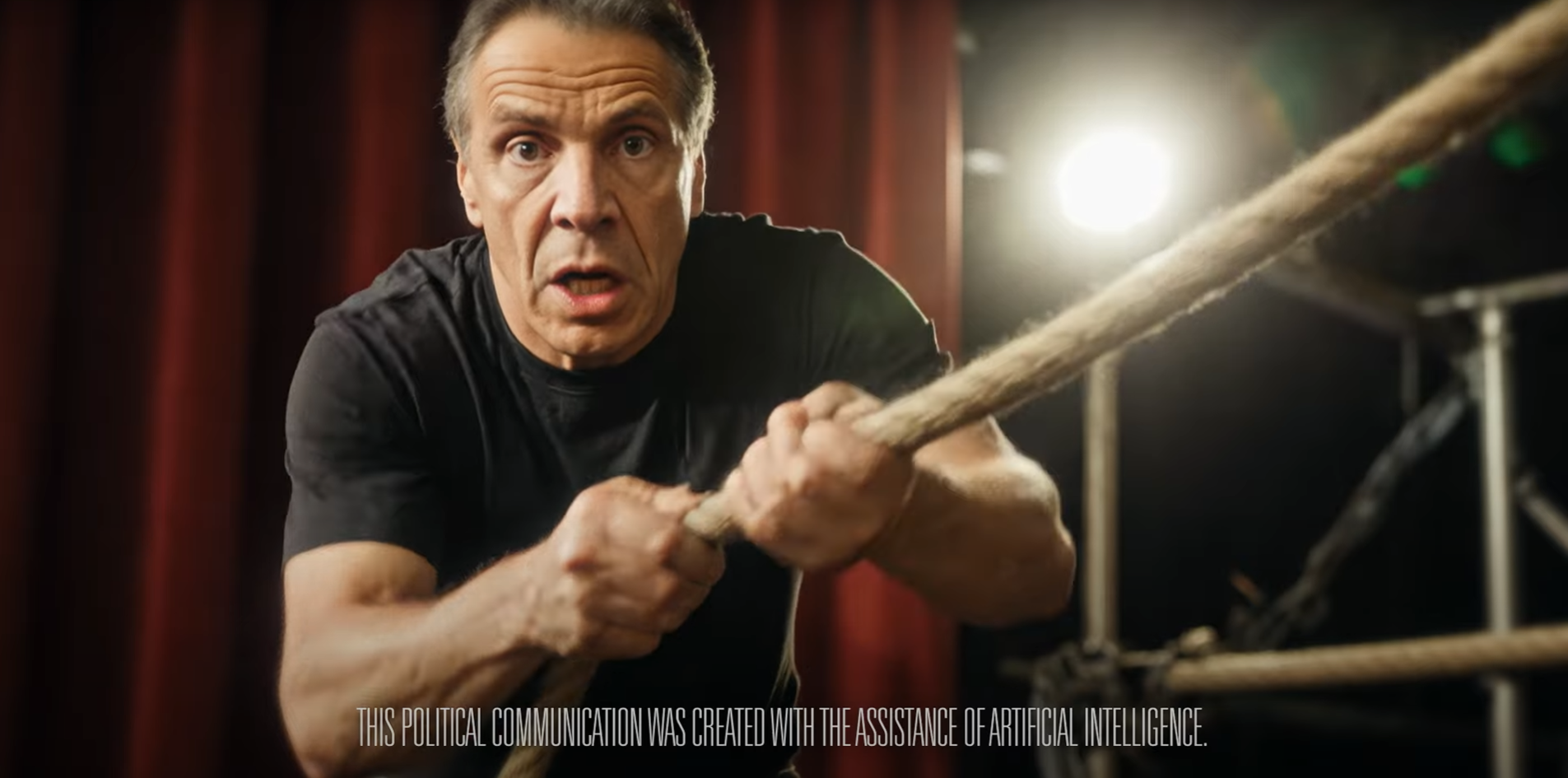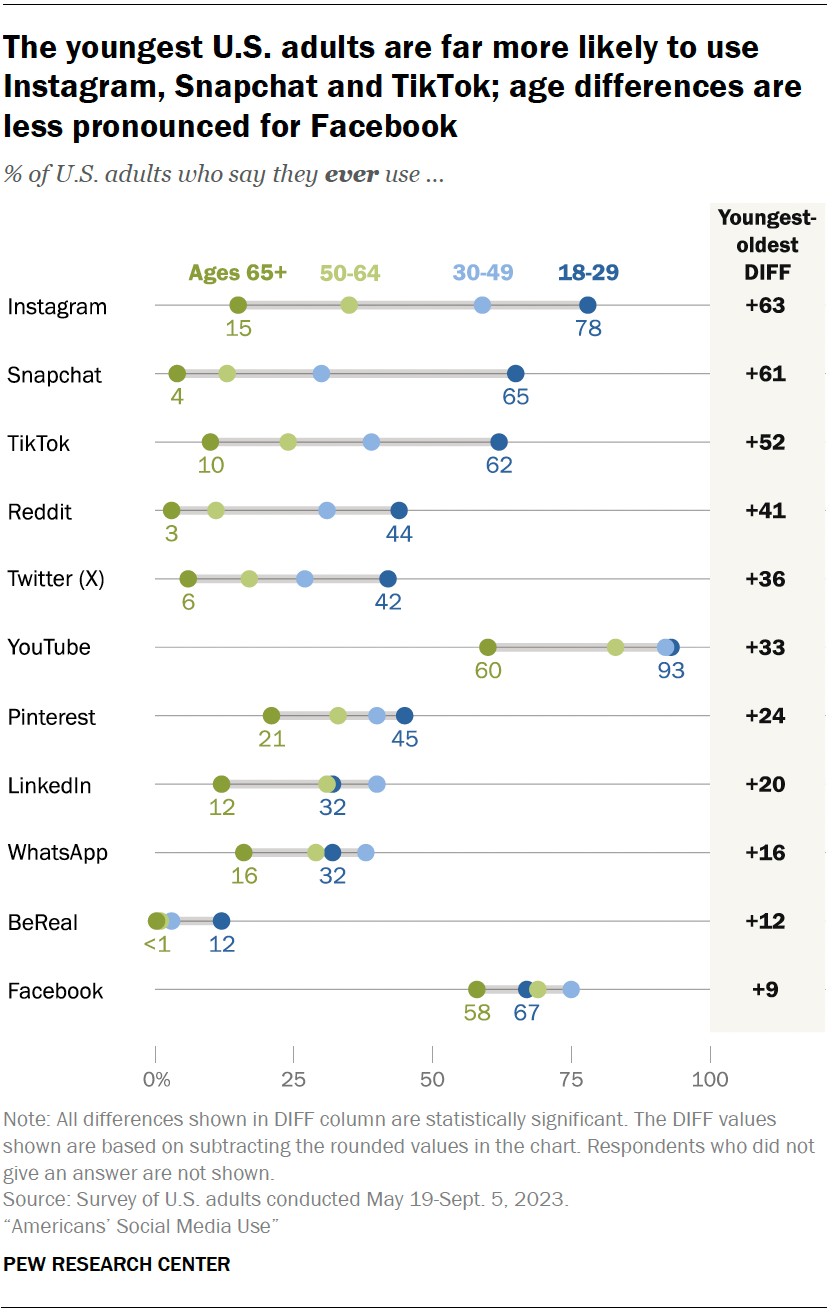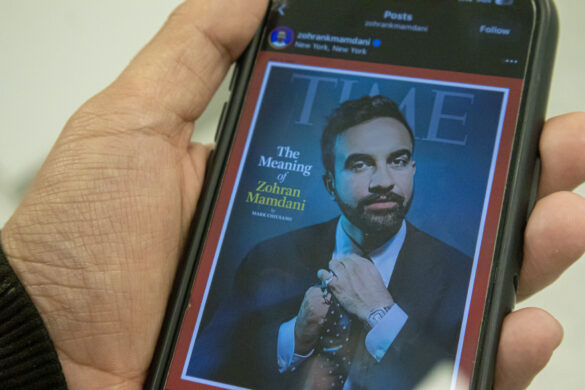New York City mayoral candidates Zohran Mamdani and Andrew Cuomo are locked into a high-profile battle that has captured attention far beyond the five boroughs—even expanding to Montclair State University. Their campaigns dominate social media feeds, sparking conversations that feel critically relevant.
Meanwhile, New Jersey’s gubernatorial race struggles to break through. The numbers of candidates Mikie Sherrill and Jack Ciattarelli remain stagnant in the final stretch, leaving many unaware of the figures shaping their state’s future.
What does it reveal about how politics reaches—or fails to reach—voters young and old?
To start, New Jersey and New York City differ dramatically in demographics and political engagement. NYC is a hub for progressive and grassroots movements, attracting young people and internationals who may not stay long but leave a lasting impact.
New York City thrives on density, diversity and activism. Campaigns lean into grassroots movements and digital platforms, knowing that transient and cosmopolitan residents are eager to engage online. Mamdani’s TikTok presence does not just inform, but invites and engages young audiences in political discourse. His blend of humor, policy and cultural references makes politics feel less like a lecture and more like a dialogue.
Cuomo has also embraced social media, focusing his campaign on safety—a growing and evergreen issue in NYC. His “Day One” video featuring an AI-generated Cuomo caught attention, although mostly mixed. NYC campaigns have a tendency to place technology at the forefront of their campaigns.

Independent mayoral candidate Andrew Cuomo utilizing AI in campaign ad. | Andrew Cuomo Mayoral Campaign
New Jersey, though slightly more populous, is shaped by suburbs and exurban communities. Politics here emphasize long-term issues like taxes, affordability and infrastructure. While these are important issues, they do not easily translate into viral content. Sherrill and Ciattarelli rely heavily on traditional ads, mailers and public outreach events. These strategies resonate with older voters who follow evening news or read newspapers.
However, traditional outreach is not exactly obsolete either. Ciattarelli has held multiple events in North Jersey, including grassroots meetings in Somerville and in Nutley Town Hall, with more planned statewide. Sherrill, by contrast, favors door-to-door canvassing, as shown on her campaign site.
But for younger adults, these strategies fall short. A Montclair State sophomore might see Mamdani’s latest campaign video but never encounter a Sherrill ad—despite the race being neck and neck.
The numbers support this. According to Pew Research by Jeffrey Gottfried 2024, only 42% of users aged 18 to 29 use X (formerly Twitter), making it a weak platform for reaching young voters. Instagram, by contrast, sees 78% usage among young adults. Yet, both Sherrill and Ciattarelli rely on recycled Facebook posts. The platform, according to Pew Research, has 58% usage among older adults.

Pew Research Center Survey of U.S. Adults' Social Media Use
This gap has consequences. When young adults don’t see themselves reflected in campaign messaging, disengagement grows. Penn State research notes that “social media influencers have a more extreme effect on the rest of society… as more people turn to social media for their news, influencers and traditional media outlets begin competing for the same audiences” (Tutella, 2023). Politicians like Mamdani are adapting, cultivating influencer-like presences—and it is working, as the Democratic Socialist leads NYC’s general election.
This is not just about communication styles, either—it is about civic identity. NYC campaigns, by embracing digital platforms, send a clear message to young people: “You belong in this conversation.” NJ campaigns, by sticking to traditional methods, risk implying the opposite: “Politics is for older generations.”
Ironically, New Jersey’s core issues, affordability and infrastructure, are exactly what young voters care about. Without intentional outreach, those connections remain invisible. Studies at Cambridge University show that “the larger a candidate’s advantage in advertising compared with that of their opponent, the larger their share of the vote” (Sides, 2021).
NYC understands its audience this election season—young and old voters alike searching for change in a digital world. New Jersey’s gubernatorial race, however, seems to have missed the memo.
As the final stretch nears, the outcome of the election remains uncertain.



